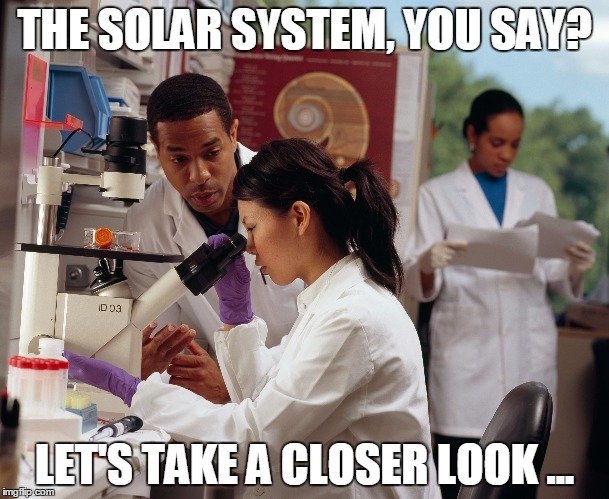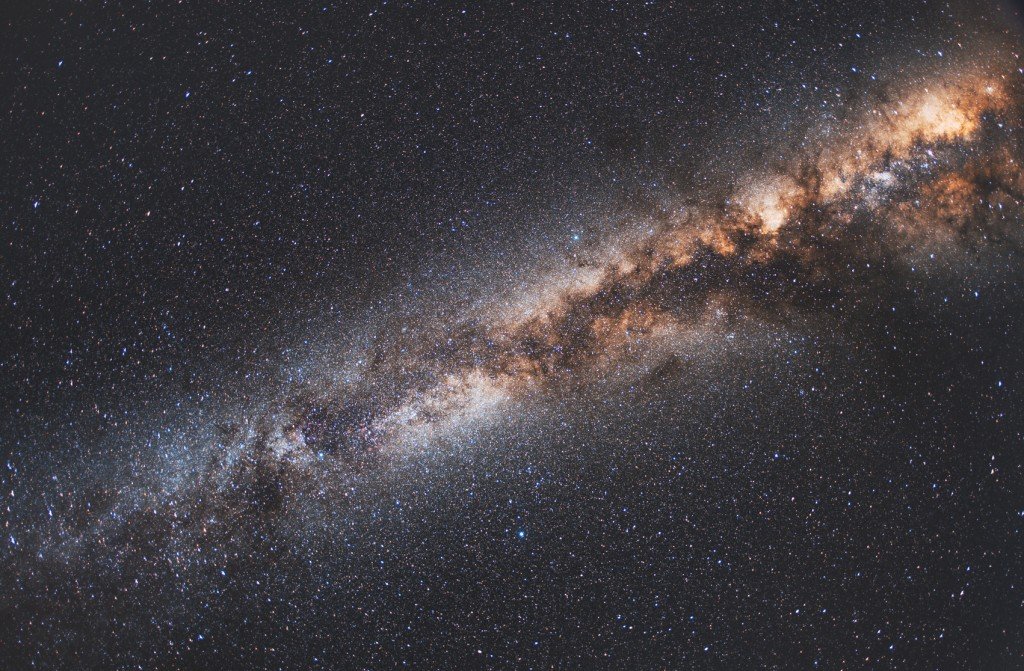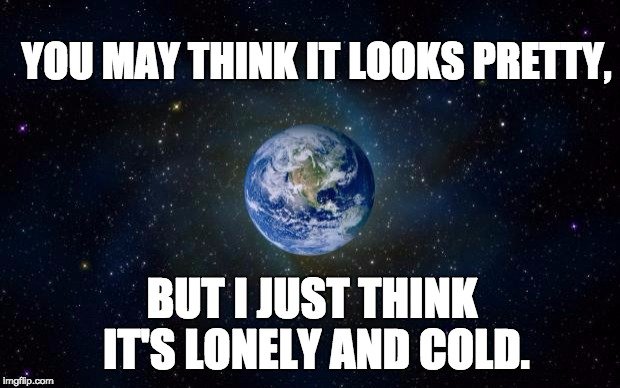Table of Contents (click to expand)
The space is inconceivably enormous, so the heat of stars dissipates to nearly absolute zero between them. However, the fact is, the most common temperature in the observable universe is 2.7 K (approx. -450 degrees Fahrenheit). The coldest theoretical temperature is 0K (also known as absolute zero), which means that most of the universe is nearly as cold as physically possible.
Have you taken the time to look up at the stars lately? Go out on any clear night and stare into the vastness of space, and at most points on the globe, you can see anywhere from 2,000-5,000 stars. That can make for an impressive sight for stargazers, and yet that is only a microscopic fraction of how many stars are out there.
Now, consider the star of our solar system (the Sun), and how hot it is (5800K on the surface, which is nearly 10,000 degrees Fahrenheit). That star is roughly 150 million kilometer (about 93 million miles) away from Earth, which sounds like an incredible distance. As we know, without the warmth of the Sun, life wouldn’t exist on our planet, so it clearly pumps out a lot of heat.
With so many stars our there in the universe, pushing out unbelievable amounts of heat, one might think that space would be hot, and yet, space is extremely cold! How is that possible?
Our Tiny Corner Of The Galaxy
The simplest answer to this question is that space is inconceivably enormous, so the heat of stars dissipates to nearly absolute zero between them. However, let’s have a bit of fun and put this undeniable reality into perspective.

Sitting 150 million kilometers away, every second, our Sun pumps out energy that is equivalent to a trillion 1-megaton bombs. Even at the speed of light (~300,000 m/s), the fastest speed that anything in the universe can move, the light from our sun still takes 8 minutes to reach Earth.
If you wanted to wait for light from the next closest star to reach our planet (Proxima Centauri), you would have to wait nearly 4.5 years! There are only about 25 stars within 12 light years of Earth, and to put the idea of a light year in perspective, consider that 1 light year equals roughly 9.5 trillion kilometers, so our Sun is only .000016 light years away from Earth.
If you haven’t gotten the impression thus far, even our minuscule corner of the Milky Way Galaxy is huge, with only 25 stars within 110 trillion kilometers in any direction.

Stepping it up one more notch, the Milky Way Galaxy is 100,000 light years in diameter and contains more than 100 billion stars. You might not believe this, but the Milky Way galaxy is considered puny in comparison to other galaxies spread across the universe, some of which are more than 1.5 million light years in diameter! The distance between the Milky Way and our closest galactic neighbor (Andromeda galaxy) is 2.5 million light years.
For the final, mind-boggling level of universal scale, consider this: scientists have estimated that there are at least 100 billion galaxies in the observable universe, which stretches 46 billion light years in every direction.
Also Read: Why Is The Night Sky Dark?
Lots Of Stuff, But A Whole Lot More Space
With all those galaxies and stars filling up the void of space, it seems like space should be a sauna, particularly because our blazing Sun is just an average-sized yellow dwarf. Some stars have a mass 60 times greater than our Sun and a surface temperature of nearly 45,000 degrees Fahrenheit.
However, the fact is, the most common temperature in the observable universe is 2.7 K (approx. -450 degrees Fahrenheit). The coldest theoretical temperature is 0K (also known as absolute zero), which means that most of the universe is nearly as cold as physically possible.

It’s important to understand that space itself is not “cold” in the same way as we understand it, space is simply empty. If the entire universe was a cube with dimensions of 30 billion light years on each side, all of the matter in the universe could fit in a smaller cube in the corner with dimensions of only 1,000 light years on each side.
Also Read: What Is The Temperature In Outer Space?
Radiation Vs. Distance
In a perfect vacuum, there is no temperature, because there are no molecules to possess heat. However, heat can be transferred through radiation (light energy, which includes the visible spectrum).
As radiation is shot out into space from the Sun, the radiant intensity of that output is roughly 64 million Watts per square meter. By the time that energy reaches Earth, the radiant intensity 1,370 Watts per square meter. I’ll do that math for you and tell you that the intensity of sunlight is 47,000 times weaker by the time it reaches our planet.

Remember, that huge reduction in radiation energy occurs over a distance of .000016 light years! Pluto, for example, lies roughly 5.87 billion kilometers from the Sun, and the surface temperature of that planet, which receives hardly any radiation from our Sun, is only 33 degrees higher than absolute zero! Almost all the radiation of the Sun is gone by the time it leaves our solar system!
In the space between stars in our galaxy, the radiation energy is even further dissipated, leaving the average temperature of interstellar gases and dust at approximately 10 degrees above absolute zero. The lowest temperature figure (2.7 K) in space is found in the vast empty void between galaxies and “blank spots” of the universe. 2.7 Kelvin is the temperature of “cosmic microwave background radiation”, which is the leftover radiation from the Big Bang that is still “hanging around” the universe and keeping the temperature just above absolute zero.
Also Read: If Heat Cannot Travel Through A Vacuum, Why Does The Sun Feel Hot?
A Sunny Vacation In Space?
As this article showed you, space isn’t cold or hot, it’s simply too huge for radiation in most distant locations to warm up an object, meaning that any heat in an object would radiate outwards, thus making it feel “cold”. If you orbited low over a blazing star, you would certainly be able to get a sun tan and have a toasty vacation.
However, as you move further into the seemingly infinite void of space, less and less radiation would transfer, and the true icy nature of space would be felt!
How well do you understand the article above!

